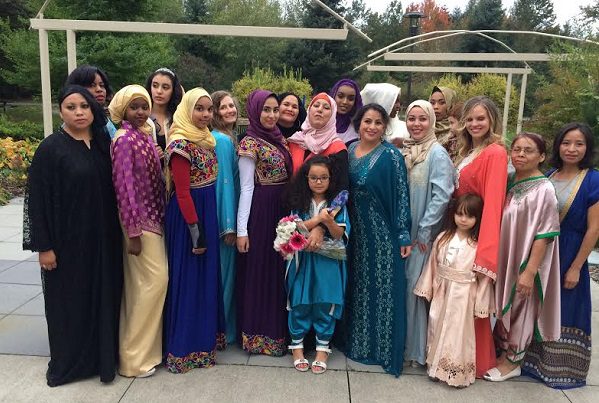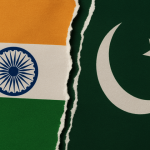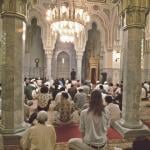 |
|
Someone’s compensating for something
|
This week, construction began in Dubai on the ultimate minaret: the Burj Dubai, a 160-story skyscraper that hopes to be the world’s tallest building by far – twice as high as Chicago’s Sears Tower and 1000 feet taller than New York’s Freedom Tower (and they’re digging extra deep foundations in case they decide to make the closely-guarded real height even higher). As if that weren’t enough, located at the base of the building will be the world’s largest shopping mall. (Vegas on the Gulf?) The message (if it didn’t knock you upside the head) is that the Arab – and by extension, Muslim – economic boom is real and here to stay. But is it? The growth of the worldwide Islamic financial sector, for example, is impressive indeed: from nearly nothing a decade ago to a global worth of $200 billion today. And the online business journal DinarStandard.com recently posted a list of the top 100 businesses of the Muslim world. While some of the companies show impressive performance in a diverse set of industries (construction, banking, media, etc.), the top revenue generators are characterized by two factors that the Islamic economic engine hasn’t managed to shake yet: dominance by the oil sector and government ownership (usually a combination of the two). Other problems hobbling the Muslim economic advance include endemic corruption (both governmental and corporate), lack of business or educational innovation, and global instability. But with a market size of over a billion, and Muslim markets and business practices becoming increasingly sophisticated, you might start seeing many more “Burj Dubais” popping up all over the Muslim world – with strong foundations (both literal and economic) to prop them up.
Shahed Amanullah is editor-in-chief of altmuslim.com.











